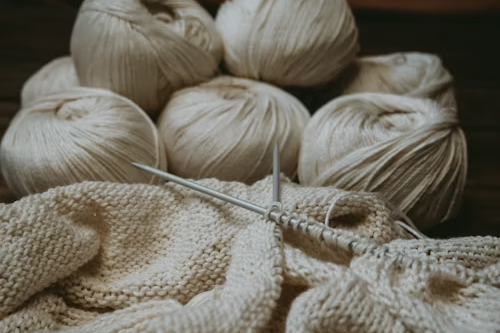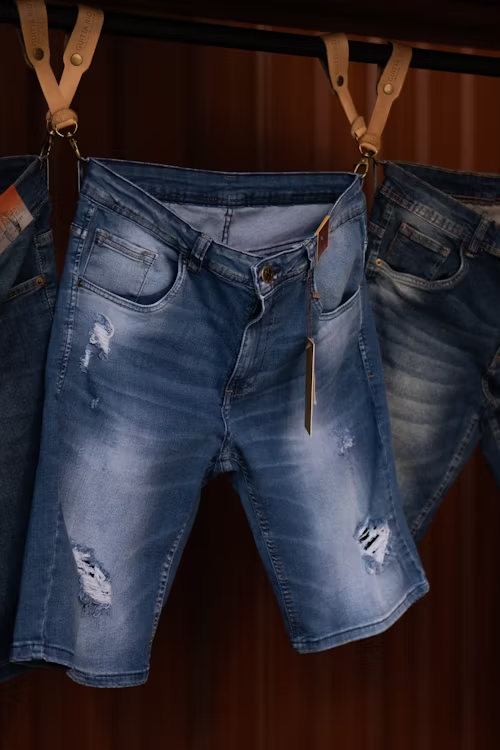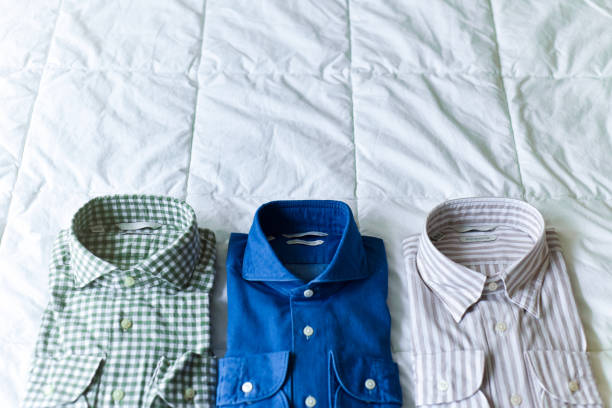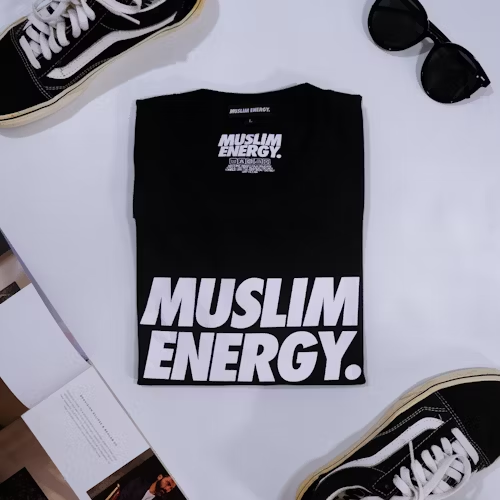Cotton fabric is popular because it’s natural, comfortable, and eco-friendly. It’s used in clothes and home items. This article covers cotton’s basics, types, benefits, uses, care, and future.
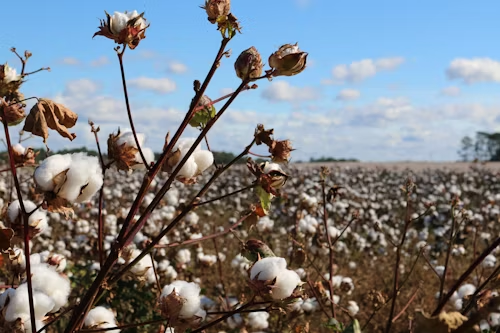
What is cotton cloth? ——The Charm of Natural Fibers
Cotton cloth is a fabric made from cotton fibers as the main raw material, spun and woven. Cotton is a type of plant fiber, produced from cotton fibers in the cotton bolls, mainly composed of cellulose. Compared with synthetic fibers, cotton fabric has the characteristics of natural, soft, good moisture absorption, and strong breathability. It can effectively absorb and release human sweat, keeping the skin dry and comfortable.
From ancient times to the present, cotton fabric has always been one of the important textile materials for humans. Ancient India and Egypt used cotton thousands of years ago. Today, cotton production technology is advancing with many varieties and uses.
The History and Development of Cotton Fabric
The history of cotton cloth can be traced back to over 3000 BC. Evidence of cotton fabric use dates back to ancient India’s Mohenjo Daro site, and fine cotton cloth was commonly used for the shrouds of Egyptian pharaohs. The Industrial Revolution brought mechanical textile technology, which greatly boosted cotton production and quality, establishing cotton as a cornerstone of the global textile industry.
Since the 20th century, organic cotton farming and growing environmental awareness have pushed cotton production toward greener, eco-friendly practices. Advances like genetically modified cotton and improved spinning technologies have further enhanced the quality and performance of cotton fabrics.
Detailed explanation of the types and classifications of cotton fabrics
Cotton fabrics come in many types, mainly classified by yarn thickness, weaving style, and purpose.
1.Classified by yarn count thickness
- Fine cotton fabric: The yarn is delicate and the fabric surface is smooth, suitable for making close fitting clothes such as shirts, underwear, baby clothes, etc.
- Roving cotton fabric: The yarn is coarse and has a strong hand feel, commonly used in wear-resistant products such as denim and canvas.
2.Classified by weaving method
- Plain cotton fabric: The most common weaving method, with a flat and even surface, sturdy and durable.
- Twill cotton fabric: In weaving, yarns cross in a diagonal pattern, making the fabric soft, shiny, durable, and wrinkle-resistant.
- Satin cotton fabric: The fabric is smooth, shiny, and delicate, often used for luxury clothes and home textiles.
classification by function
- Organic cotton fabric: free from pesticide and fertilizer pollution, environmentally friendly during the planting process, suitable for sensitive skin and environmentally friendly consumers.
- Long plush cotton fabric: The fibers are longer, the hand feel is soft, the strength is high, and the cotton fabric made from them has a better texture.
- Blended cotton fabric: a blend of cotton fibers with synthetic fibers such as polyester and viscose to improve wear resistance and elasticity, commonly used in sportswear.
Detailed explanation of the advantages of cotton fabric
Cotton fabric is known as the “king of natural fibers”, with main advantages including:
- Comfortable and breathable: Cotton fabric can effectively absorb sweat and quickly evaporate, ensuring dry skin and suitable for wearing in all seasons.
- Good skin friendliness: Cotton fibers are soft and smooth, not irritating to the skin, especially suitable for infants, young children, and people with sensitive skin.
- Environmentally friendly and natural: Cotton is a renewable resource, and the production process of cotton fabric is relatively environmentally friendly, in line with modern sustainable development concepts.
- High temperature resistant washing: Cotton fabric can withstand high temperature cleaning, is easy to sterilize and disinfect, and maintains hygiene.
- Good dyeing performance: Cotton fabric is easy to dye, with rich colors and diverse styles, meeting fashion needs.
Disadvantages and limitations of cotton fabric
Despite its numerous advantages, cotton fabric also has some shortcomings:
- Easy to wrinkle and shrink: Cotton fabrics are prone to wrinkling and shrinkage after washing, requiring ironing and appropriate care.
- Poor wear resistance: Compared to synthetic fibers, cotton fabric has insufficient wear resistance and is prone to wear and tear over long periods of wear or friction.
- Slow drying: Cotton fabric has strong water absorption and takes a long time to dry after washing, making it prone to mold growth in humid environments.
- Easy to adsorb dust: The static electricity is low, but the surface of the cotton cloth is prone to dust and oil stains, so careful cleaning is necessary.
The wide application of cotton cloth in the clothing industry
The widespread application of cotton fabric reflects its important position in the textile industry.
- Daily clothing: T-shirts, shirts, pants, underwear, pajamas, etc. are mainly made of cotton, which is suitable for close fitting due to its comfort and breathability.
- Denim: The main material of jeans is thick and durable cotton fabric, combined with unique dyeing techniques, which has become a popular fashion worldwide.
- Children’s clothing and baby clothes: Due to the safety and softness of cotton, baby clothes are mostly made of pure cotton fabric.
- Housewear & Furnishings: Bedsheets, duvet covers, curtains, sofa covers, etc. all use a large amount of cotton fabric to enhance home comfort.
- High end fashion: Many brands use organic and long-staple cotton for quality, eco-friendly clothes.
How to choose high-quality cotton fabric? practical skills
The key to choosing cotton fabric lies in the purity of the material, weaving quality, and tactile sensation.
- Look at the fiber composition: Higher pure cotton content is better; organic cotton is healthier and greener.
- Touch feel: High quality cotton fabric has a soft and delicate touch, without impurities or hardening.
- Observing weaving density: Fabrics with high and uniform density are more durable and less prone to deformation.
- Burning test: After burning pure cotton cloth, the ash turns grayish white and has no irritating odor.
- Certification labels: Organic cotton, environmentally friendly cotton, and other certification labels are quality assurance.
- Color uniformity: High quality dyeing technology ensures uniform color without color difference or fading.
Care and maintenance suggestions for cotton fabric
Reasonable care can extend the lifespan of cotton products and maintain their comfort.
- Washing precautions: Use water below 40°C and neutral detergent to prevent shrinking.
- Avoid prolonged soaking: prevent color loss and fiber damage.
- Drying method: Natural shade drying, avoid strong sunlight exposure, prevent fading and fiber aging.
- Ironing technique: Use a moderate iron temperature and spray water on the fabric to help ironing and prevent burning.
- Storage environment: dry and ventilated to prevent mold and insect infestation.
The Environmental Significance and Future Development Trends of Cotton Fabric
As the world focuses on environmental protection, the cotton fabric industry is shifting toward green and sustainable practices.
- Promotion of organic cotton cultivation: reduce the use of pesticides and fertilizers, protect soil and water resources.
- Environmentally friendly textile technology: energy-saving and consumption reducing, reducing wastewater and harmful chemical emissions.
- Technological innovation: New technologies such as nanotechnology and intelligent textiles enhance the performance of cotton fabrics.
- Recycling: Recycling cotton waste materials to promote resource recycling.
- Market trend: Consumers care more about the environment and health, boosting demand for organic and eco-friendly cotton fabrics.
